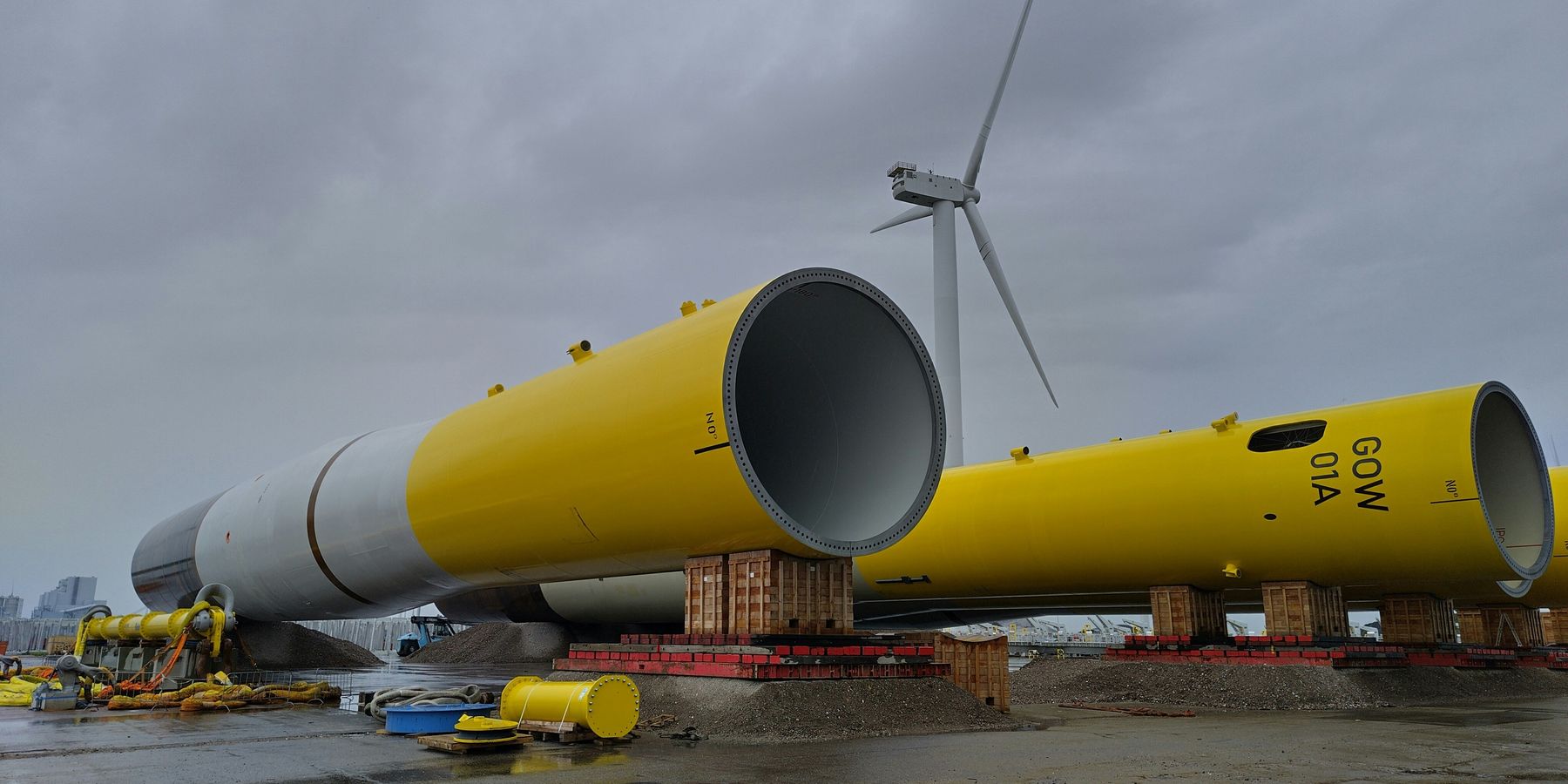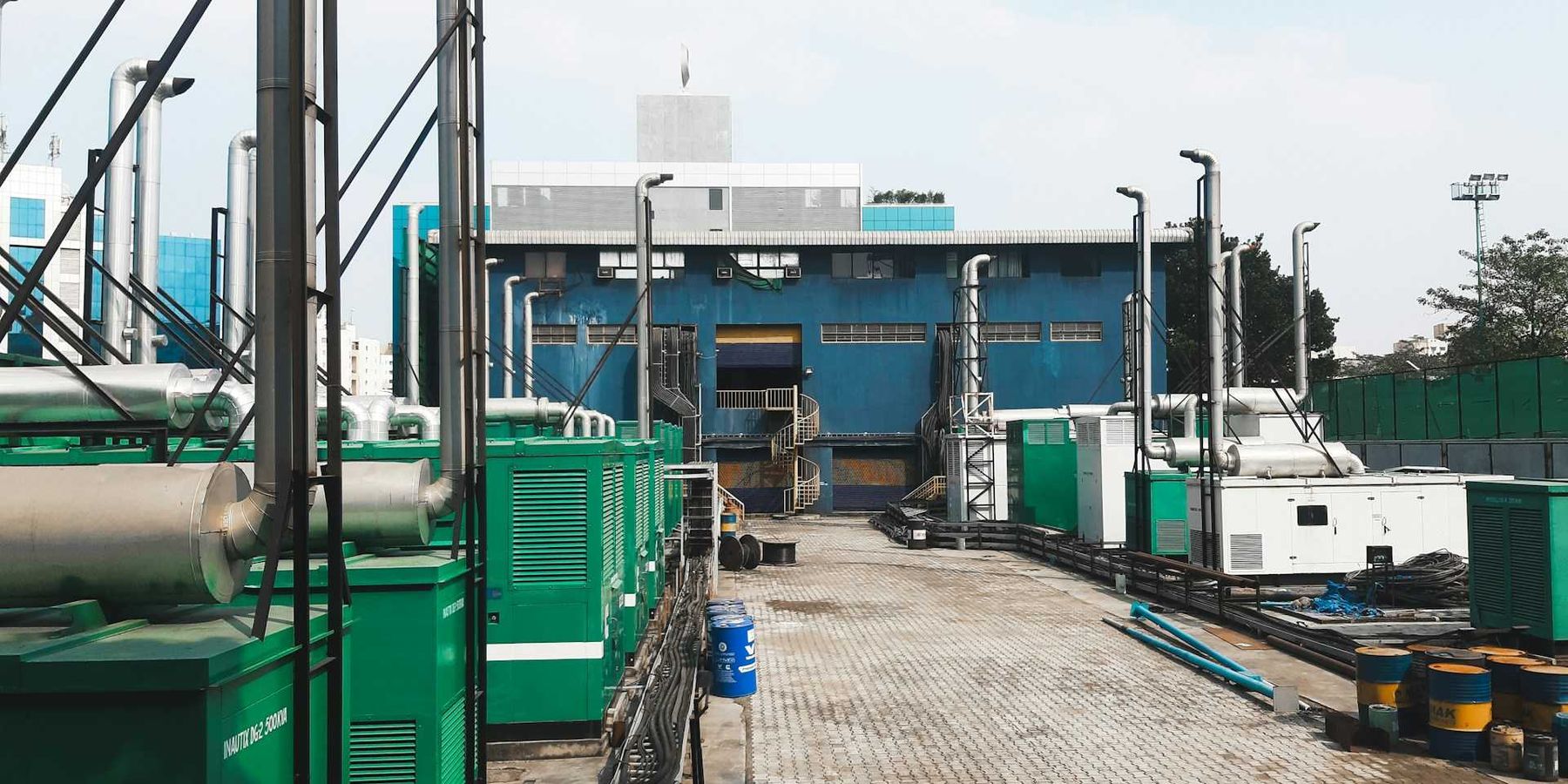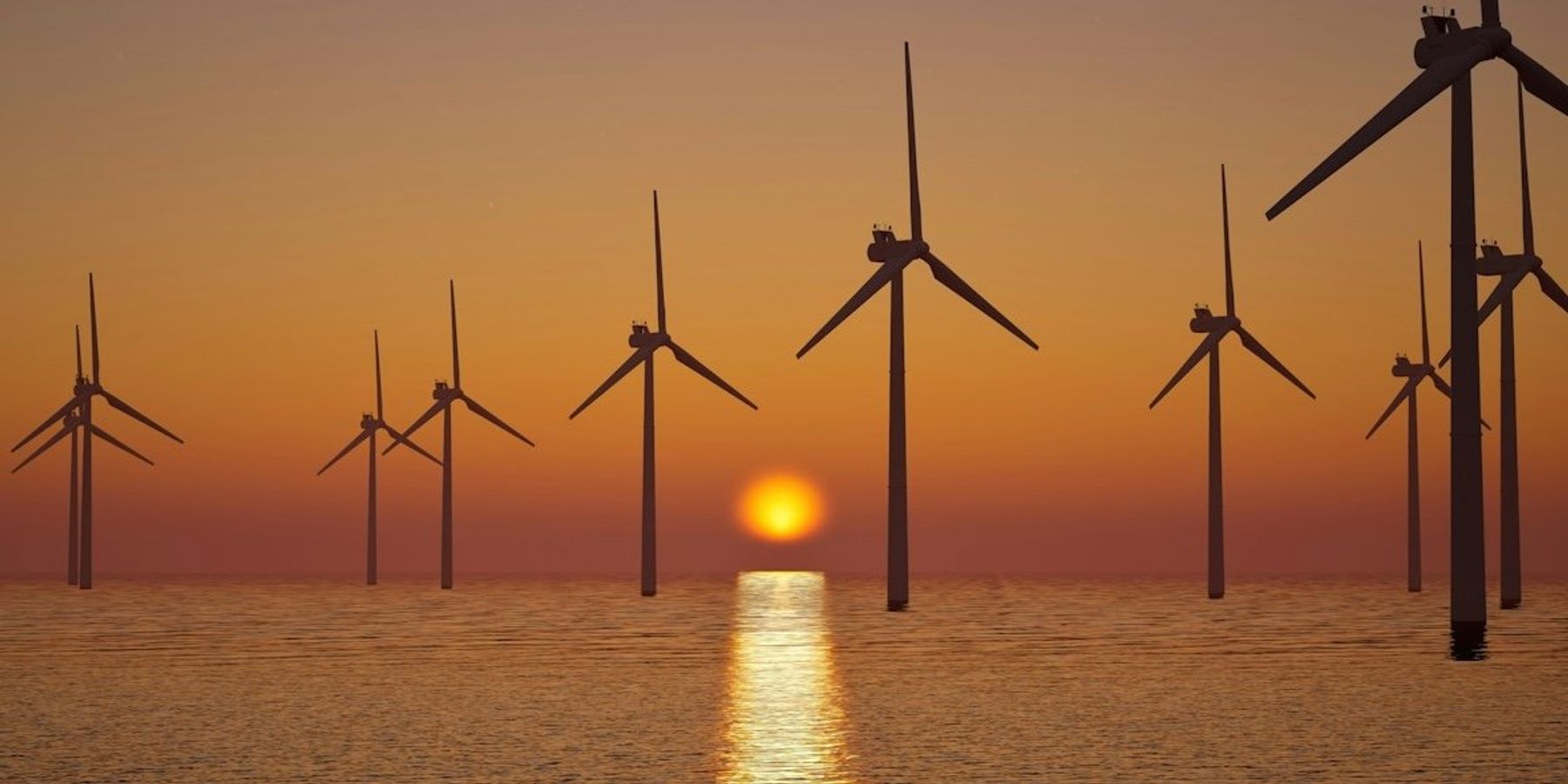Hunger deepens across Africa and the Middle East as climate shocks and conflicts disrupt food supplies
Hunger rates in Africa and the Middle East rose sharply in 2024, driven by war, trade tensions, and extreme weather that continue to push up food costs, according to a new United Nations report.
Sergio Cantone reports for Euronews.
In short:
- The UN’s 2025 State of Food Security and Nutrition in the World report found more than 307 million Africans and 39 million people in the Greater Middle East faced hunger in 2024.
- Small-scale farmers, who produce a third of global food and up to 70% of Africa’s supply, receive less than 1% of climate finance despite being key to food security.
- Gaza now faces the worst recorded hunger crisis in IPC history, with the entire population experiencing acute food insecurity.
Key quote:
"It's a mixture between the conflicts, some of the disruption or shocks caused by economic or trade tensions and also the climate shocks. These are the three main drivers."
— Álvaro Lario, president of the UN's International Fund for Agricultural Development
Why this matters:
Food insecurity is no longer tied to one failed harvest or one conflict but to overlapping crises that hit vulnerable communities hardest. Droughts and floods linked to climate change wipe out crops, while trade disputes and war disrupt supply chains and inflate prices. Small farmers, who feed most rural populations, lack the resources to adapt. The result is a steady rise in hunger that fuels migration, destabilizes economies, and drives humanitarian need. In regions like Gaza, where conflict has destroyed infrastructure, food shortages have reached catastrophic levels. The crisis illustrates how global shocks — economic, political, and environmental — can converge to push millions into extreme hunger.
Learn more: Droughts tied to climate change are pushing water, food, and ecosystems to the brink













